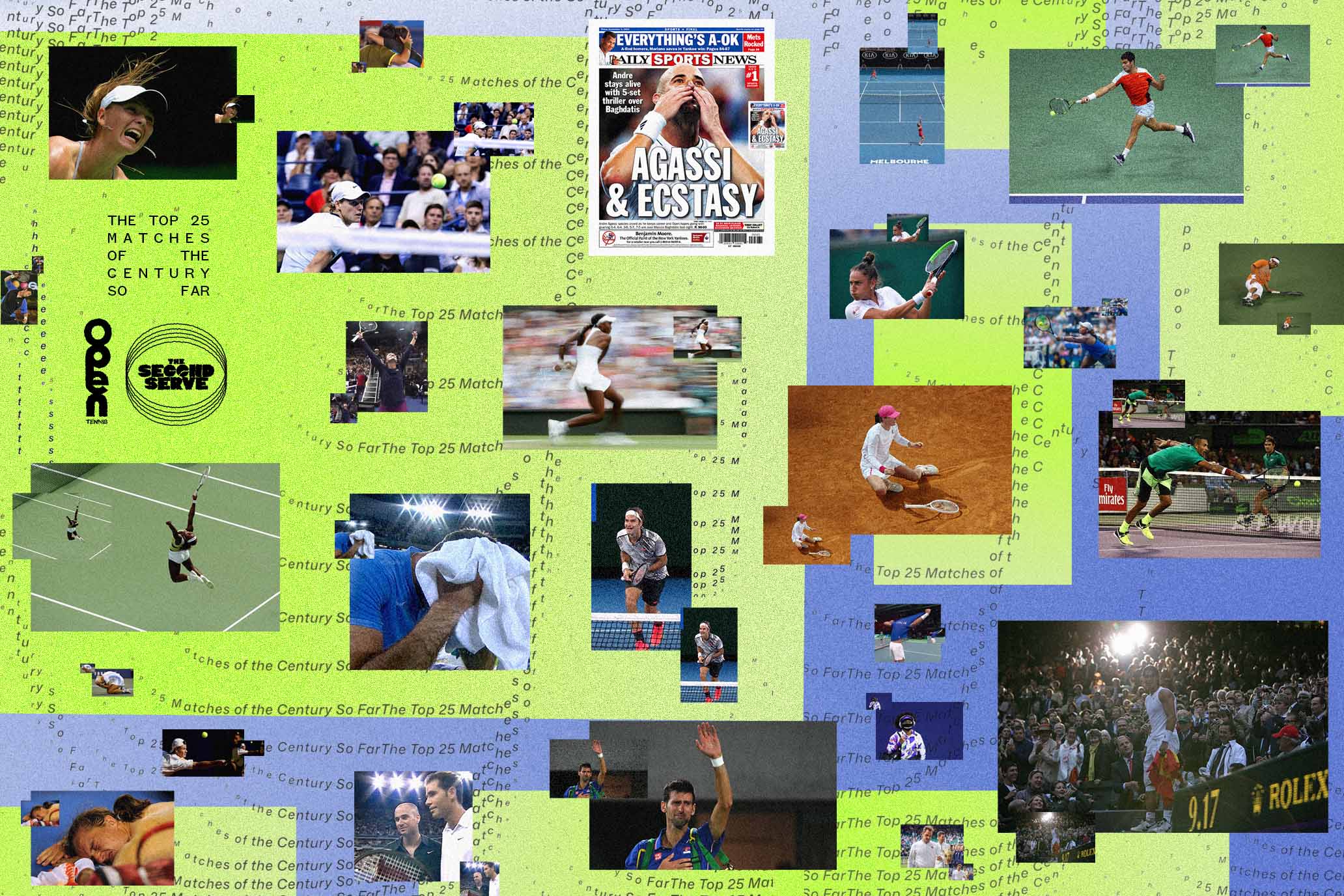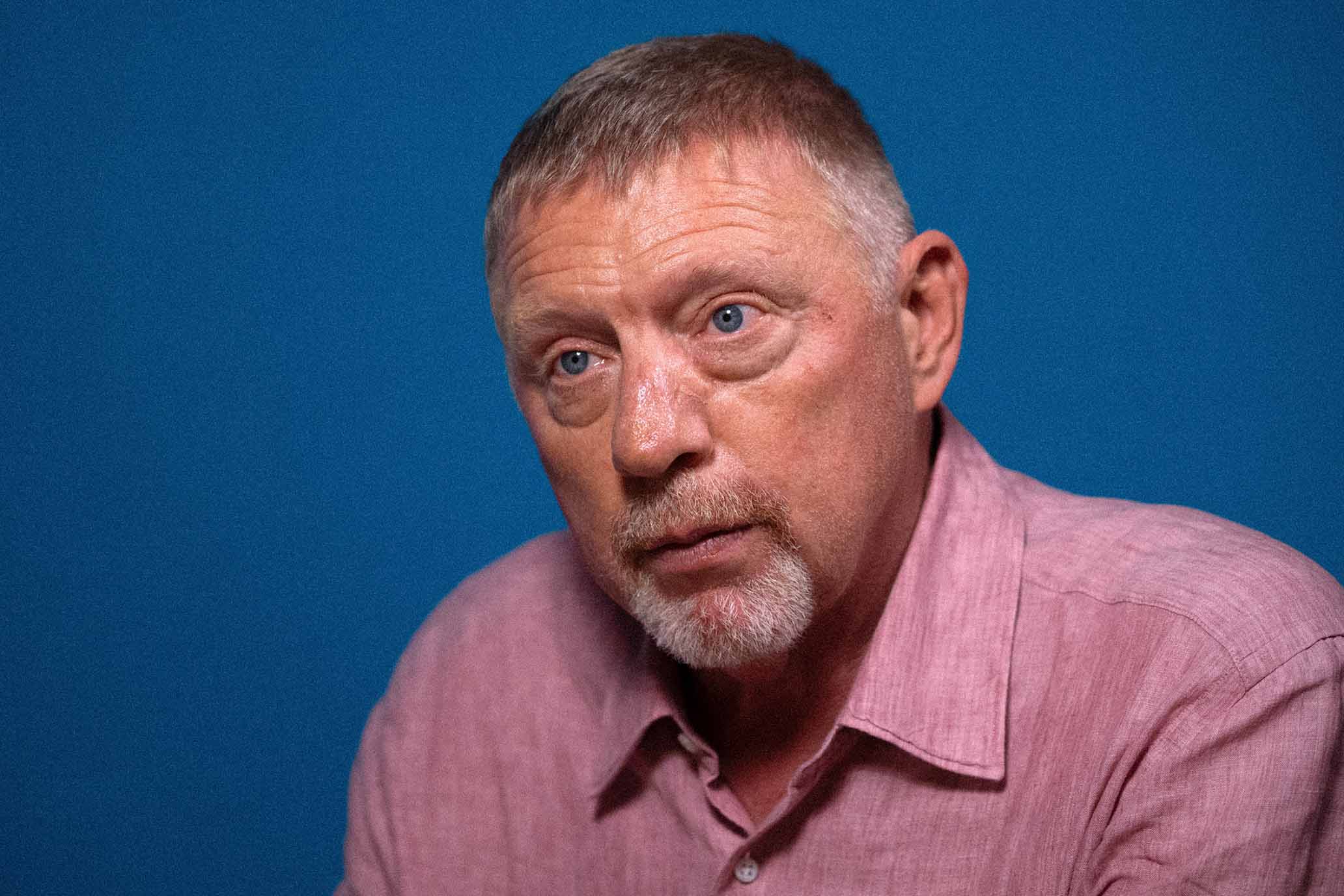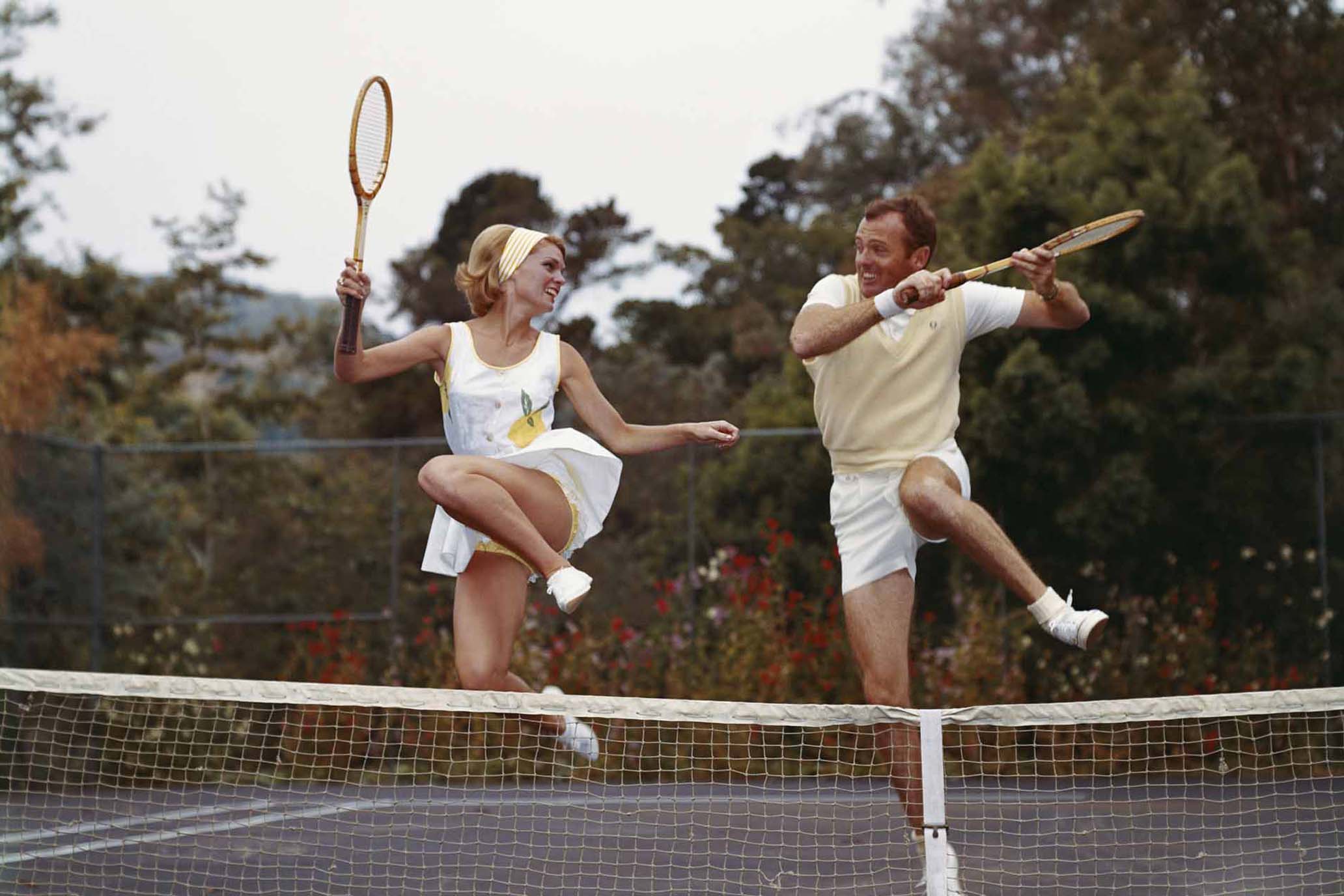Meteor Shower
Meteor Shower
Giovanni Mpetshi Perricard joins the ace club.
Giovanni Mpetshi Perricard joins the ace club.
By Giri NathanNovember 1, 2024
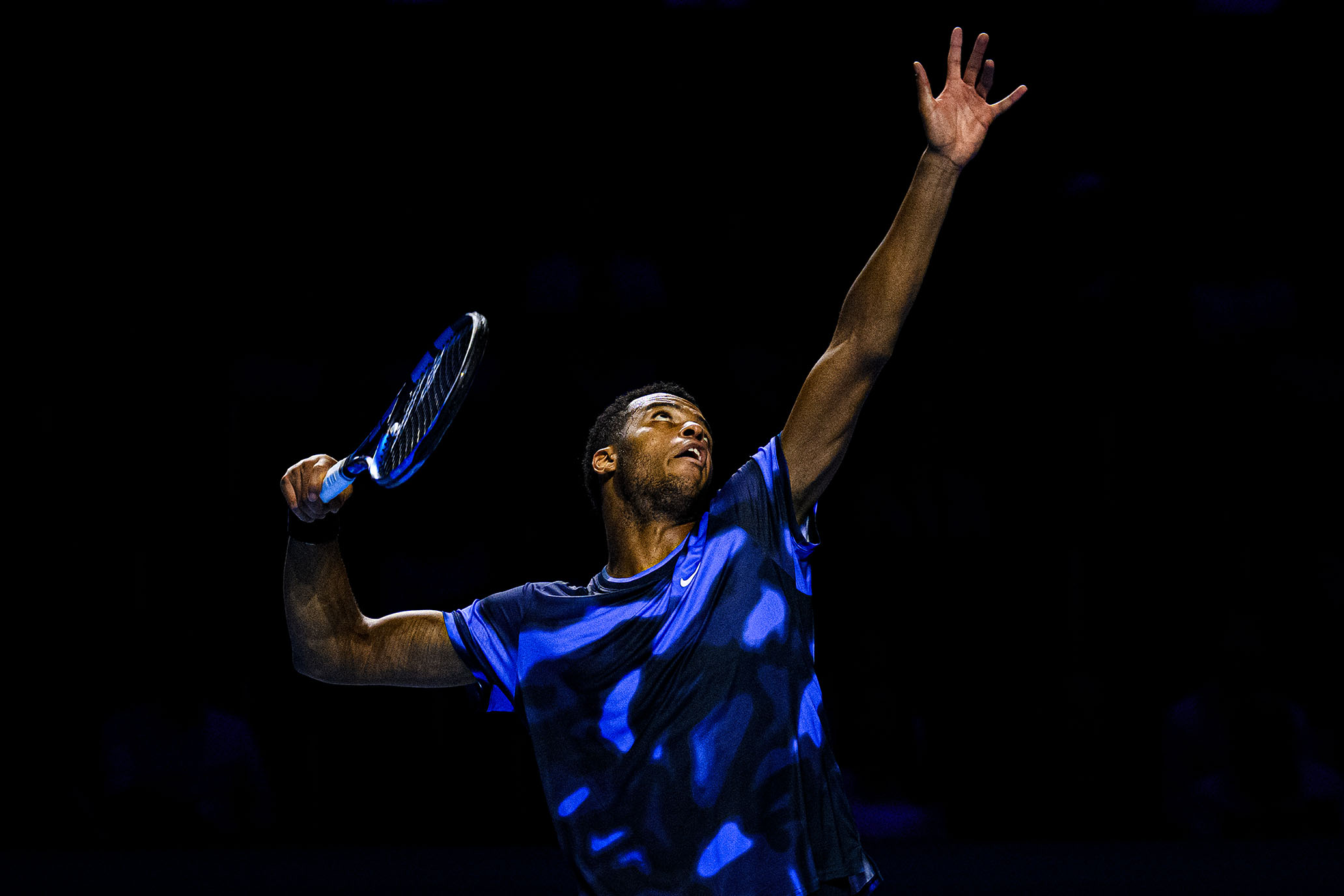
GMP serving bombs in Basel, where he won the title. // Getty
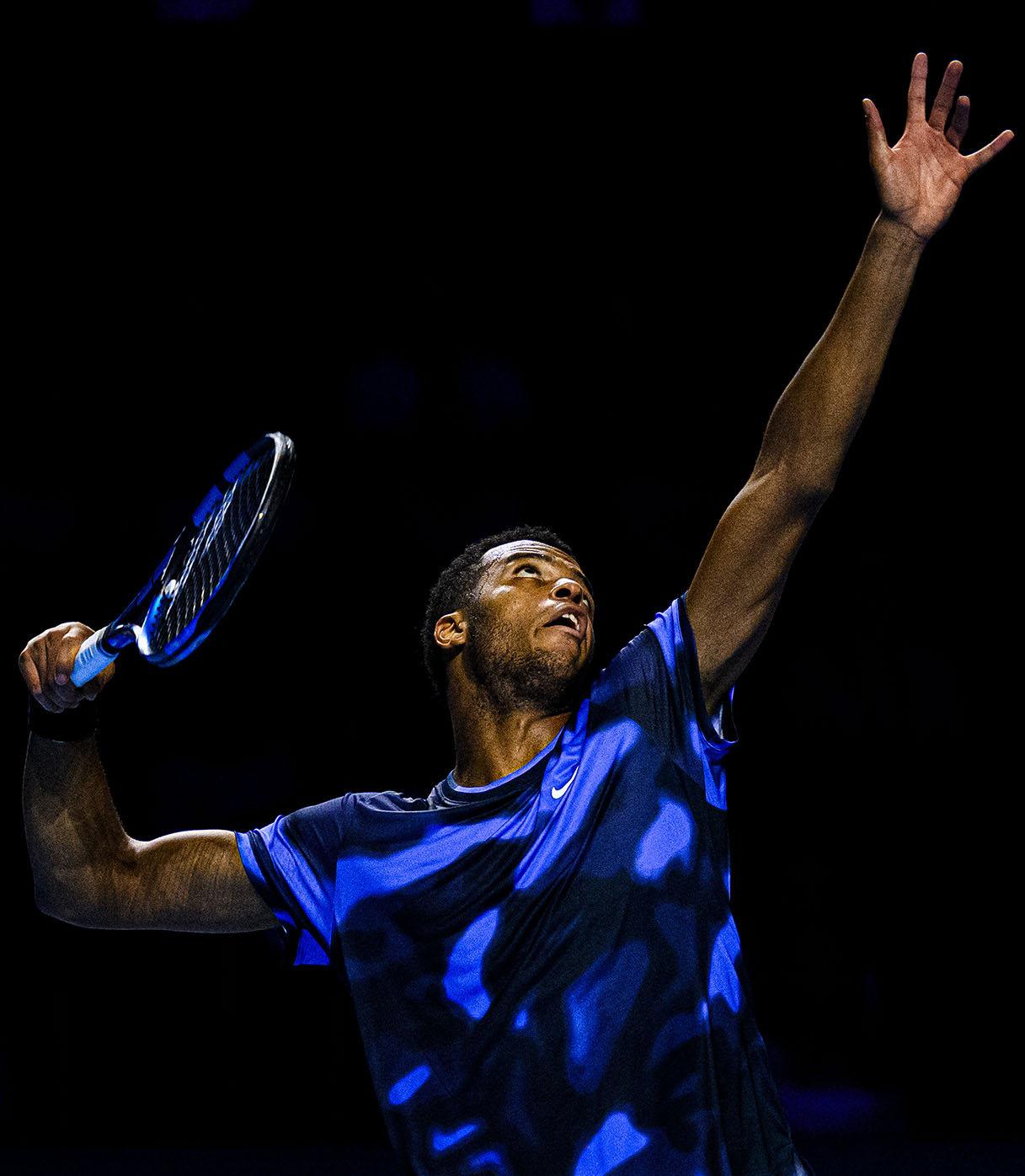
GMP serving bombs in Basel, where he won the title. // Getty
One rainy day at Wimbledon I stood in an on-and-off drizzle for several hours and watched the lucky loser Giovanni Mpetshi Perricard take serves. I could say that I watched him play tennis, or more specifically that I watched him play tennis in a first-round match against Sebastian Korda, but it feels more honest to say that I watched him take serves. Because that is what tennis becomes in the hands of the enormous 21-year-old Frenchman: serves. Everything else, like a one-handed backhand and nice volleys, is simply neat accessories for what may well become the single most terrifying shot on the ATP.
After upsetting Korda at Wimbledon with 51 aces, Mpetshi Perricard went on to face Yoshihito Nishioka: 6-foot-8 versus 5-foot-7. Tennis is a great sport precisely because it encompasses such an anatomically diverse field of athletes, but on grass, that one went the way that you’d expect. Three sets wrapped up in 71 minutes; Nishioka groveling bilingually at his box the entire time, simmering in disbelief at Mpetshi Perricard’s meteor-shower serving, until they met at the net for the most visually arresting post-match handshake I’ve seen. Mpetshi Perricard kept going, reaching the fourth round before stalling out. He’d won the 250 at Lyon a few weeks prior; this was something else.
See enough high-level tennis up close in a short span and it’s possible to get desensitized to their extraterrestrial feats. But I’m still always shocked back into appreciation by the true outliers. The weight of shot from an Aryna Sabalenka or Jannik Sinner, the soft touch of an Ons Jabeur or a (heh) Courentin Moutet. Watching Mpetshi Perricard from up close, I knew immediately that this serve belonged in that freakish class. Being 6-foot-8 does a lot of the work, of course, but it still takes sound technique to make the most of those musculoskeletal advantages. GMP has arrived at a clean and efficient method. Low ball toss, light coiling of the body, the racquet floating up slowly, and then a snap. As far as service motions go, this is a quick and violent one, and the results could be similarly described. At time of writing, Mpetshi Perricard has 484 total aces, eighth on tour this season. He trails only Jannik Sinner in percentage of service points won. And he is on top of the tour in terms of ace rate: A staggering 22 percent of his serves go untouched by returners, per Tennis Abstract.
How about those occasions where the ball actually does come back over the net? There’s no ambiguity about what Giovanni wants to do in any given point: end it as quickly as possible. He used to want to emulate the baseline play of his idol Rafa Nadal, but his current coach Emmanuel Planque guided him toward this kill-kill-kill playstyle. “When I have the ball, I want to inflict pain,” Mpetshi Perricard said last week. Despite all that, he is a placid, pleasant presence on court, his disposition as gentle as his serve is evil. He’s also just the latest in a rich tradition. Every generation has its servebots, and this one has been outfitted for the demands of the modern game. Because Mpetshi Perricard is a superior athlete to the prior models—your John Isner, your Ivo Karlovic—his movement is closer to tour average, and his volleys are genuinely great. It’s miraculous that a guy that big can move in the ways that tennis now demands. On the grass, as he decelerated to hit a shot on the run, the sound of his heavy steps on the turf reminded me of the sound of someone beating the dust out of a rug.
But after that breakout Wimbledon run, which earned him a spot in the top 50, Mpetshi Perricard cooled off, losing eight of his next 10 matches. He found his form again last week in Basel, which isn’t surprising. This is the stretch of the calendar he’s going to look forward to every year. For a player with his particular gifts, indoor hard-court season is a boon. No wind to sabotage the ball toss, no sun up above to make you squint—just a consistent environment and quick court surfaces. The greatest servers are known for repeatability, and here they find laboratory conditions. Mpetshi Perricard didn’t lose a single service game in his five matches en route to the title in Basel. In the final he played Ben Shelton, who previously looked like he might have become this generation’s most fearsome server, though he has consciously stopped pushing the mph so as to spare his shoulder, emphasizing serve variety instead. Mpetshi Perricard, meanwhile, is only serving harder and harder as the days pass us by. He’s channeling power so big that he can leave accuracy behind. In the Basel final against Shelton, his average first serve was 138 mph; his average second serve was 131 mph, faster than Shelton’s first. He’s effectively taking two first serves, and when you look at the expected value, it’s a defensible strategy, one that other great servers have toyed with but that no one has taken to such an extreme.
Carlos Alcaraz, who beat GMP in Beijing this month, said it was the best serve on tour, “without doubt.” That’s for the best, because right now, Mpetshi Perricard is also the worst returner in the top 50, by a considerable margin. In his second-round match in Paris this week, the big Frenchman lost to Karen Khachanov. But I would like to direct your attention to the first set of that match, which Mpetshi Perricard won, while winning two return points the entire set, both in the tiebreak. Is this still recognizable as tennis? I don’t know, but I do suspect that he will eventually be a top 10 player in the sport we presently refer to as tennis. Perhaps, before he’s through, they’ll have raised the net a few inches.
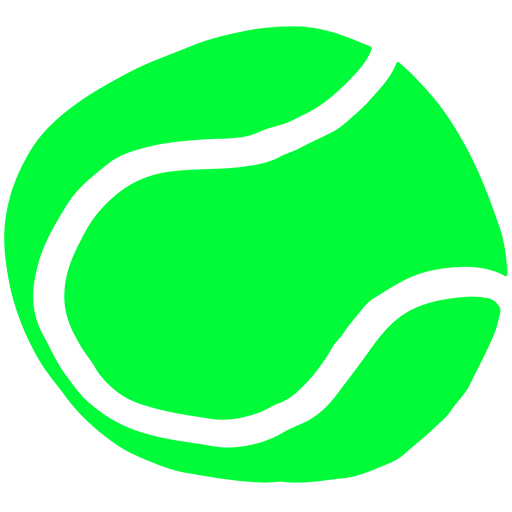

The Hopper
—CLAY Tennis on Beatriz Haddad Maia’s US Open run.
—Giri on Iga Swiatek’s loss to Jess Pegula.
—Jon Wertheim’s mailbag is full this week.
—Sara Errani and Andrea Vavasori have won the US Open mixed doubles.
—Tim Newcomb on Taylor Fritz and Asics.

PURE, ORIGINAL TENNIS — SIGN UP!
RECOMMENDED
Big House Boris
BOOK REVIEWS
